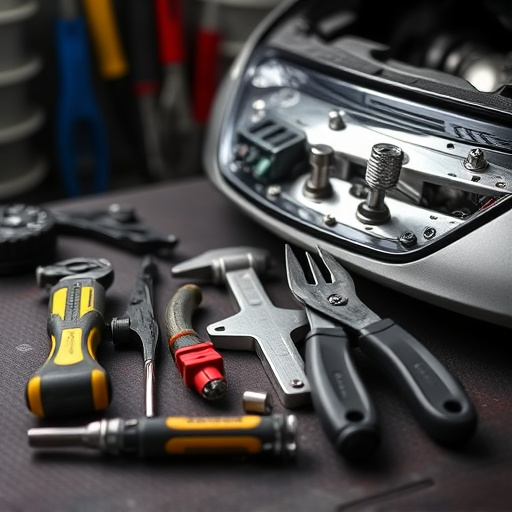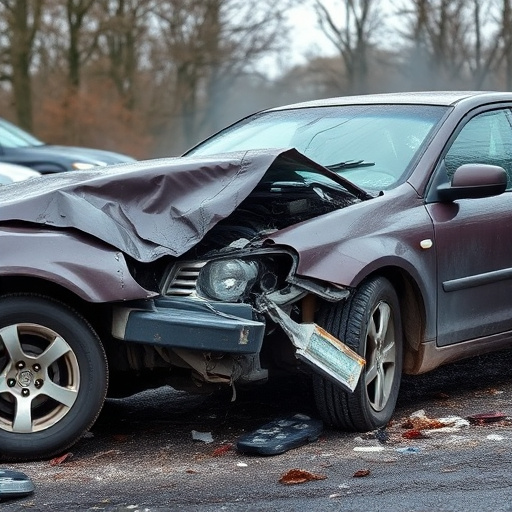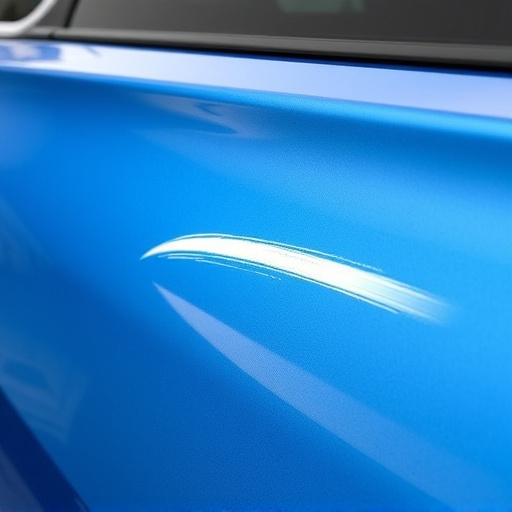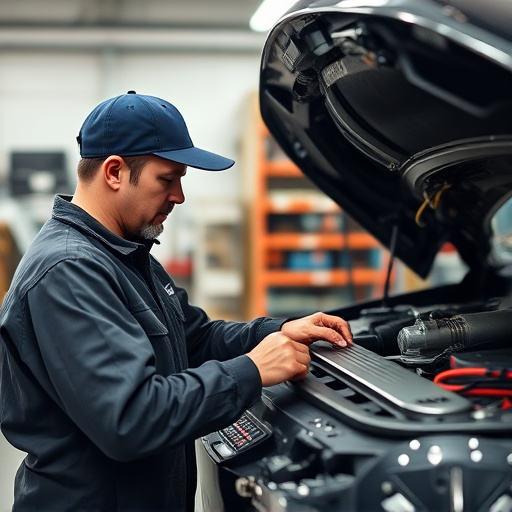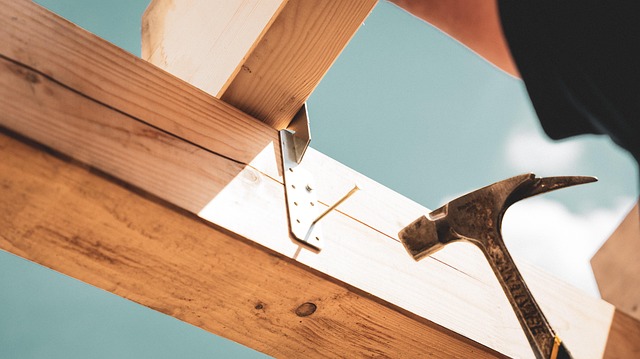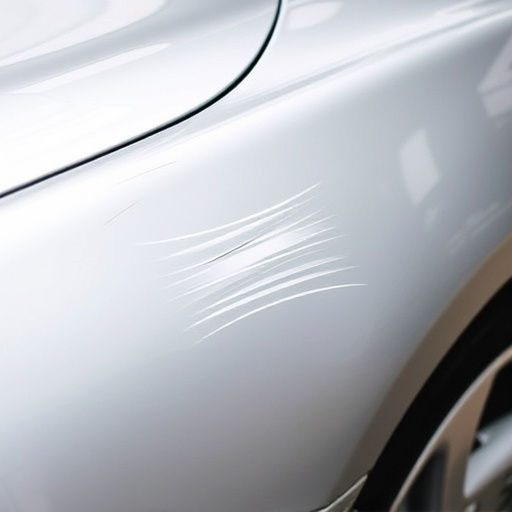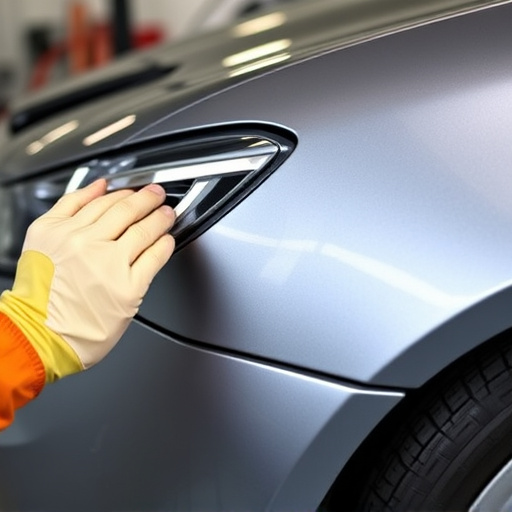A structural repair warranty protects homeowners and businesses from defects in building frameworks, preventing issues like misaligned structures and water damage. It covers defects related to walls, foundations, roofs, and floors but excludes pre-existing damage, normal wear, and improper maintenance. Claims process involves identifying covered issues, submitting requests, repair assessment, and resolution through authorized facilities, with communication key for successful claims.
A structural repair warranty is a crucial safety net for homeowners, ensuring peace of mind in the event of unforeseen issues. This article delves into the essential components of these warranties, guiding you through the intricacies. We’ll explore basic coverage, uncovering what’s included and excluded, and how to navigate claims effectively. By understanding these terms, you can make informed decisions when choosing a structural repair service, ensuring your investment is protected.
- Understanding Basic Warranty Coverage
- Exclusions and Limited Liability
- Claim Process and Resolution Mechanisms
Understanding Basic Warranty Coverage

When it comes to structural repair warranties, understanding the basic coverage is paramount for any homeowner or business owner looking to protect their investment. A structural repair warranty is a crucial component in ensuring that the integrity and safety of your property are maintained after repairs have been made. This type of warranty typically covers issues related to the framework and supporting elements of a building, such as walls, foundations, roofs, and floors. It’s designed to shield against future problems that may arise from defects or poor workmanship during the repair process.
In the context of structural repairs, this warranty goes beyond mere cosmetic fixes. It includes protection against issues like misaligned structures, compromised load-bearing capabilities, and water damage stemming from faulty repairs. For instance, consider a scenario where a car dent removal service performs an auto collision center-quality repair on your vehicle but fails to address underlying structural issues, leading to further damage down the line. A comprehensive structural repair warranty would step in to cover these unforeseen complications, offering peace of mind and financial protection.
Exclusions and Limited Liability
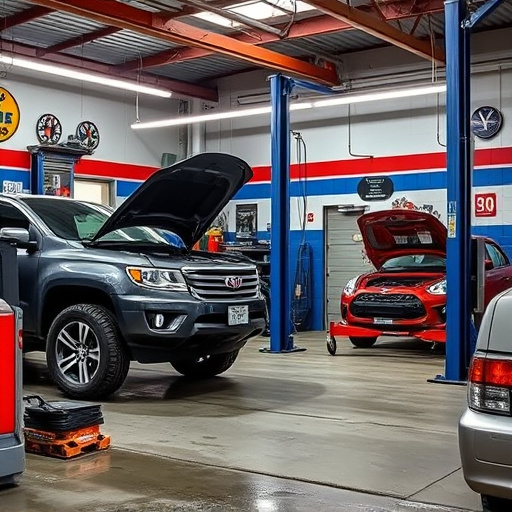
When reviewing a structural repair warranty, it’s crucial to understand the exclusions and limitations set forth by the provider. These clauses spell out what is not covered under the warranty, which can include situations like pre-existing damage, normal wear and tear, or failure due to improper maintenance. For instance, if you’ve taken your vehicle to an auto body shop for a structural repair and the issue resurfaces within the warranty period due to neglectful care, it might not be eligible for replacement or repair under the structural repair warranty terms.
In the context of car repair shops or even a car body repair service, limited liability is another key aspect. This typically caps the amount of financial responsibility the warranty holder has in case of defects or issues with the repairs. The warranty may specify that the maximum liability is limited to the cost of the repair itself, excluding any consequential damages. It’s important for consumers to read these fine print details to ensure they understand what’s covered and what isn’t, as this can significantly impact their experience with structural repair services in both car repair shops or general auto body shops.
Claim Process and Resolution Mechanisms
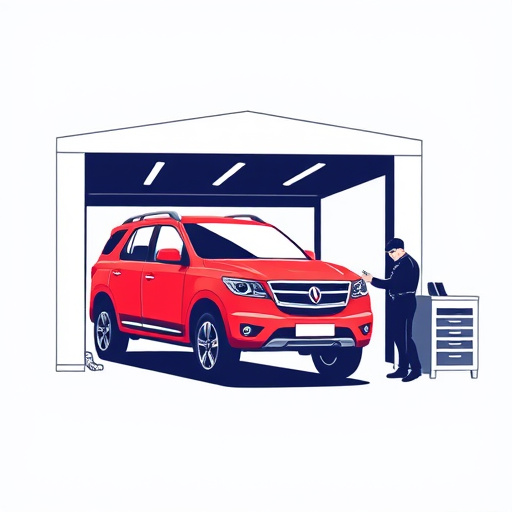
When dealing with structural repair warranties, understanding the claim process and resolution mechanisms is paramount. The initial step involves identifying the issue that requires repair, ensuring it falls within the coverage parameters outlined in the warranty terms. Consumers should carefully review their policy to comprehend what constitutes a valid claim, as exclusions and limitations vary across providers. Once a claim is deemed eligible, the process typically begins with submitting a request through the designated channels, often including digital platforms or phone support.
After a claim is filed, repair facilities or authorized service centers assess the damage, providing an estimate for the required repairs. Resolution mechanisms can involve replacement parts, where customers are guaranteed genuine or approved components, or repair services ensuring the work complies with industry standards. In cases of complex structural issues, especially in luxury vehicle repair scenarios, specialized techniques like auto glass repair and car dent removal might be employed to restore the vehicle’s integrity. Effective communication between policyholders, repair shops, and warranty providers is crucial for a seamless claim resolution process.
A comprehensive structural repair warranty is an indispensable tool for safeguarding your investment. By understanding the basic coverage, being aware of exclusions, and familiarizing yourself with the claim process, you can ensure peace of mind knowing your property is protected. Remember, a well-drafted warranty not only covers repairs but also outlines resolution mechanisms, fostering transparency and accountability. When selecting a structural repair warranty, prioritize terms that align with your needs, ensuring long-term protection for your home or commercial property.


